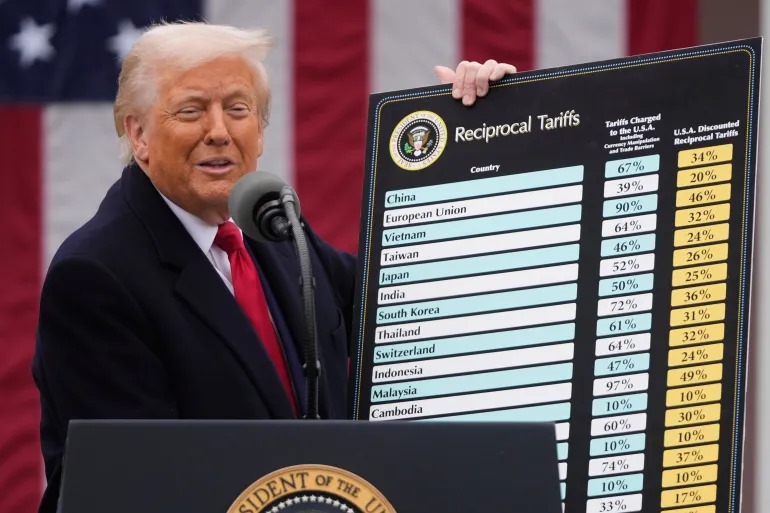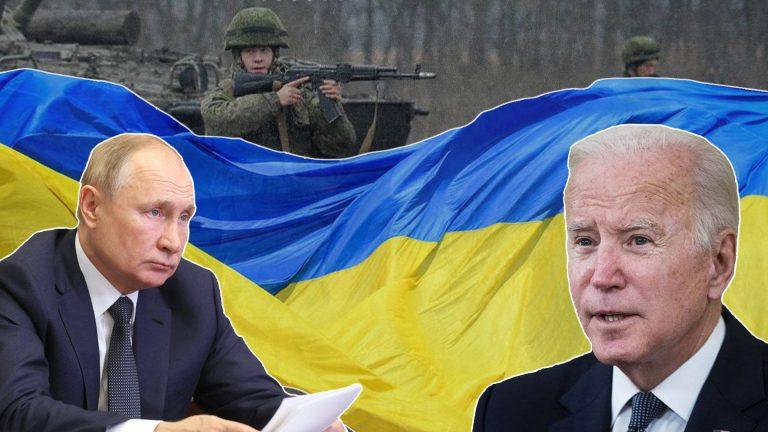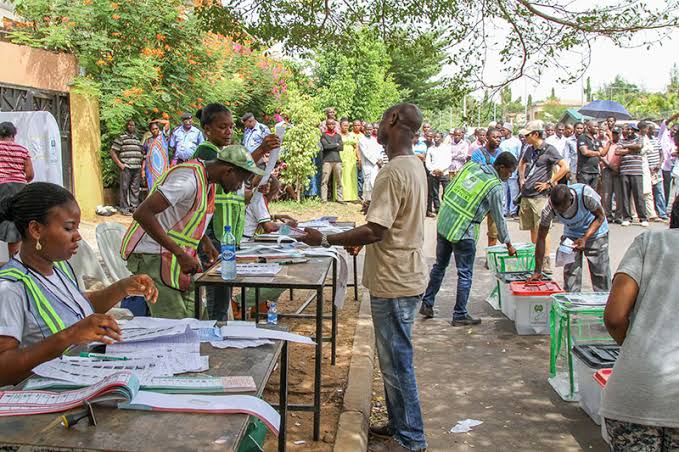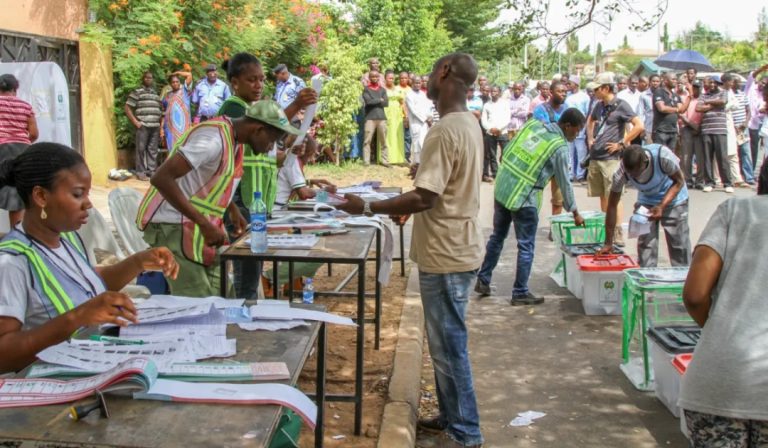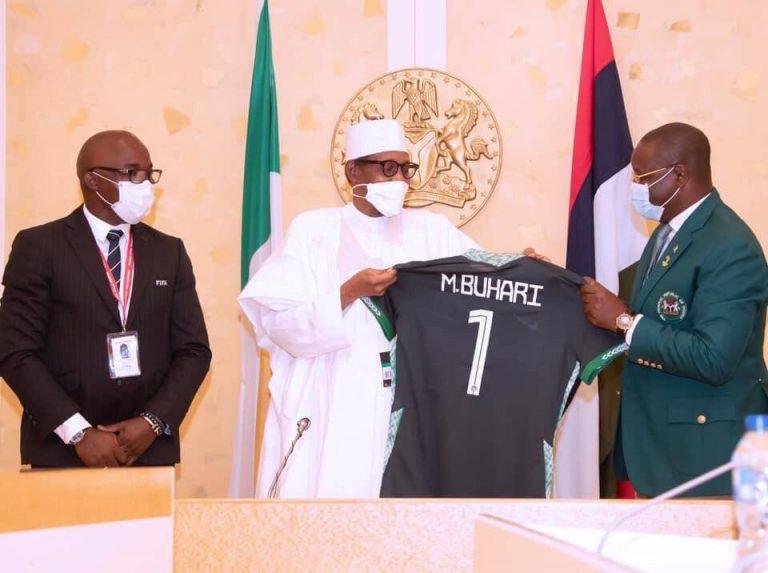Trump’s new tariffs: Who has been hit and where?
US President Donald Trump signed a sweeping executive order on July 31, introducing new global reciprocal tariffs on goods from 69 state actors with rates ranging from 10 to 41 per cent.
In a White House statement, Trump cited the ‘continued lack of reciprocity in bilateral trade relationships,’ unfair trade practices and intended acts of retaliation from allies and partners alike.
This comes at a time of global economic decoupling, with nations reconfiguring trade relations. For many economies, nothing guarantees safety from Trump’s tariffs, and the question is: who pays the price?
Sheet
Trump-inspired American trade war comes in varying dimensions with both political and economic undertones. Of the 69 state actors, a larger proportion is drawn from the Global South, where Africa finds itself particularly exposed.
President Trump’s new tariffs include a 30 per cent rate on oil-rich North African states, Algeria and Libya, and a 25 per cent rate on Tunisia. The tariff sweep further extends to sixteen more countries, each facing a 15 per cent rate. In this, are West Africa’s Nigeria, Ghana and Ivory Coast.
Businesses and economies in Asia are also caught in the fray, with over 20 countries in Trump’s crosshairs. US allies and partners are not spared, facing tariffs from 10 per cent upward.
The American President has opened a brief window until Thursday, August 7, for trade partners to negotiate better terms, but strictly on American conditions and as it counts down, the unfolding scenario echoes earlier warnings about the risks a second Trump presidency poses to the Global South.
Stark Reality
It’s clear that the crosshairs of Trump’s tariffs, this time around, are fixed on some of the world’s most vulnerable economies – sanctioned, war-torn, low-income, and heavily dependent states.
From Syria, burdened with a crippling 41 per cent tariff while navigating a tortuous path of political and economic transition, to Iraq, still reeling from conflict, now facing 35 per cent, the trend is telling. Laos and Myanmar, each grappling with isolation and authoritarianism, face a steep 40 per cent.
Nigeria, Africa’s largest economy and a key oil producer, finds itself on shaky ground. Despite its abundant natural resources, the nation of over 200 million people remains structurally fragile. The looming 15 per cent tariff threatens to strain Nigeria’s trade outlook and serves as a stark reminder of how exposed its economy remains to external shocks.
The list is far from complete. Many more nations appear to be quietly lining up behind them, with the most vulnerable paying the highest price.
Options
Trump is rewriting the rules of global trade, and the reality is that this new order will likely define much of his administration. For nations in the Global South, it marks a critical moment of reflection, with three options: accept the imbalance, pay the price, or confront the dangers of economic dependency.
It’s up to each one to look inward and act or remain exposed to the shifting winds of Trump’s America.

